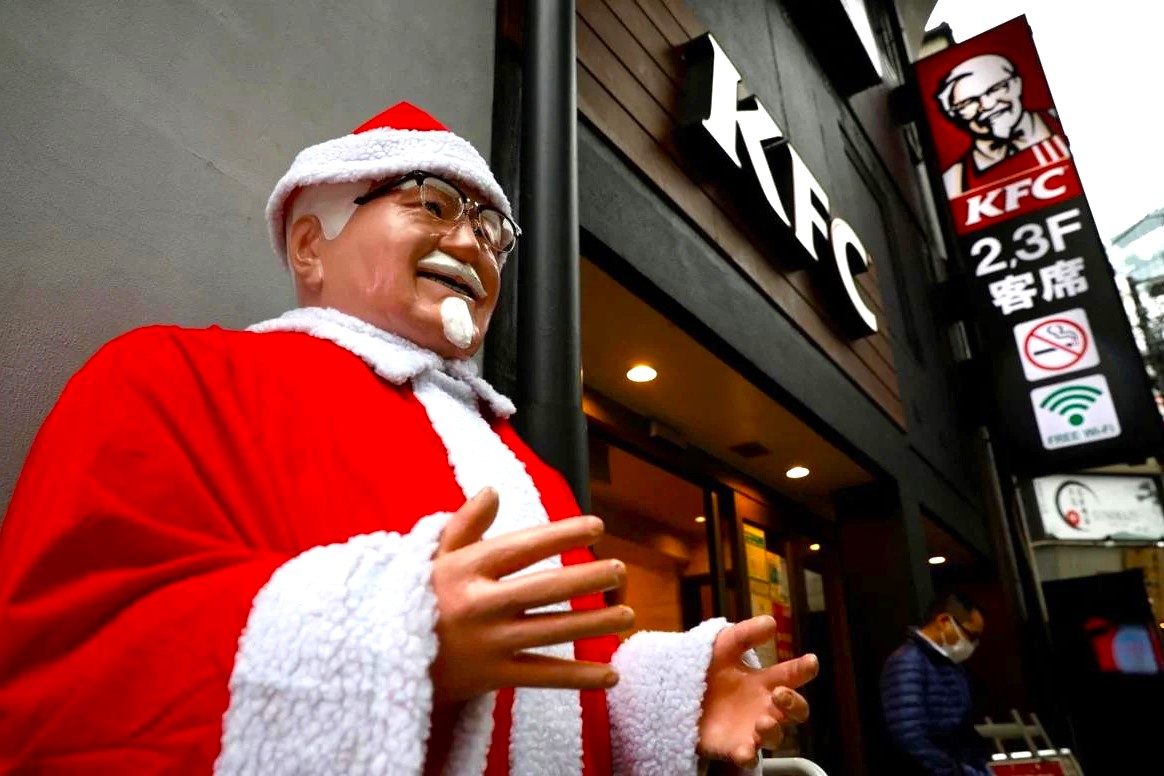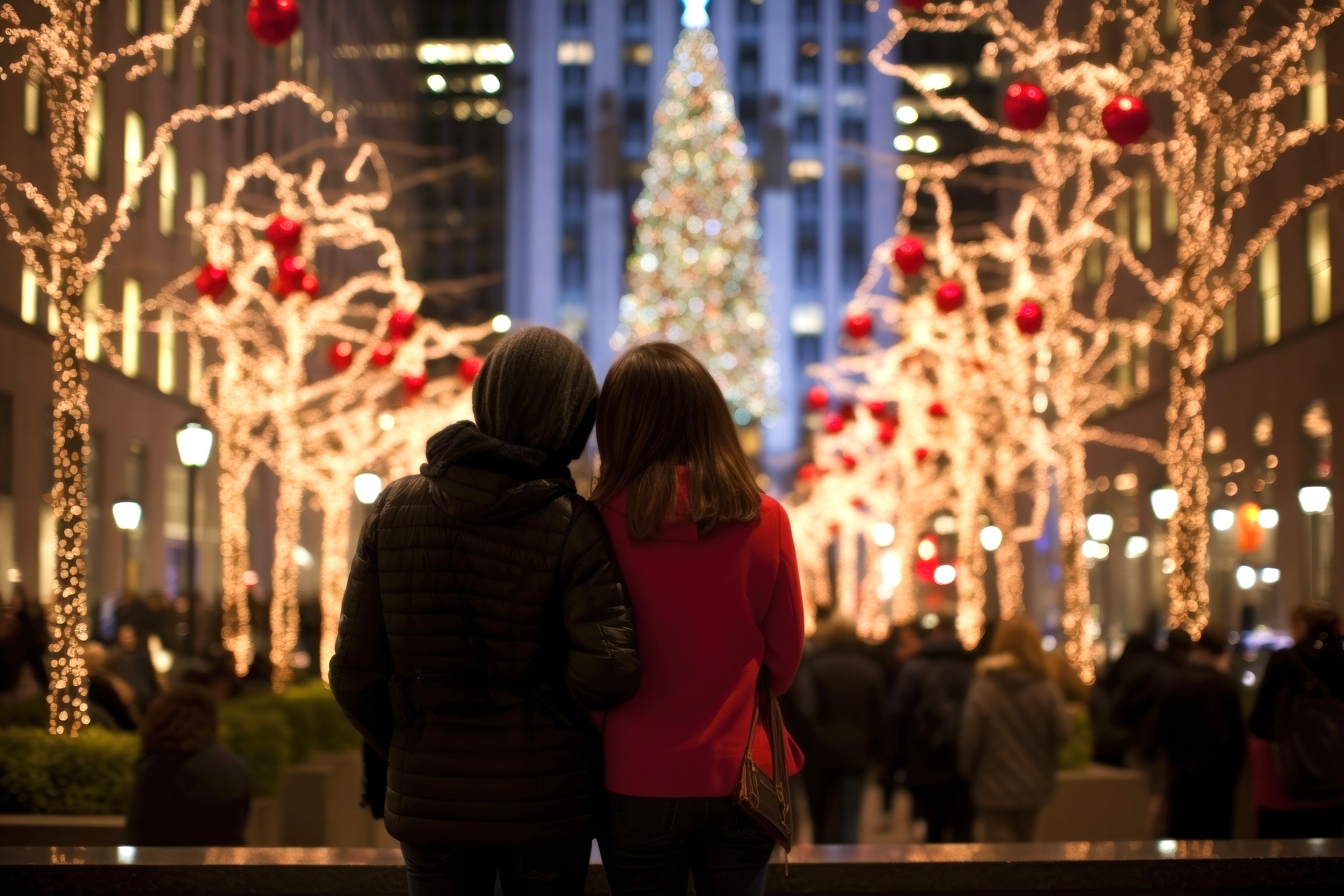Hi there,
Getting a head start on the Christmas festivities, I’ve begun gearing up for the Christmas tree and decorations. While on the hunt for various tree ornaments to infuse that holiday spirit, I found myself musing on the unique secular aspects of Christmas in Japan. Today, I’ll delve into those distinctive elements that make Christmas truly one of a kind for Japanese.
Christmas in Japan boasts a captivating history, blending cultural exchange, marketing brilliance, and a touch of romance. Although not a national holiday and lacking religious significance for the majority, it’s embraced as a joyous occasion, and as a longtime resident, I’ve witnessed its evolution over time.
Roots of Christmas in Post-War Japan
The modern celebration of Christmas in Japan traces back to the post-World War II era, witnessing substantial cultural shifts. In the ’60s and ’70s, Christmas began its ascent as a commercial and secular event, heavily influenced by Western culture through movies and advertisements. This marked the era when Christmas became synonymous with gift-giving, decorations, and romantic dinners.
KFC and the Unlikely Christmas Tradition
An intriguing Christmas tradition in Japan centers around an unlikely figure — Kentucky Fried Chicken (KFC). This unexpected tradition has become a holiday staple for many Japanese families.

While theories abound on why KFC’s fried chicken is linked with Christmas in Japan, one account suggests that foreign residents, unable to find turkey, turned to fried chicken as an alternative. Regardless, KFC’s significant Christmas campaign turned out to be a commercial triumph in Japan. To this day, people flock to KFC every Christmas season. From the ’70s onwards, KFC stores began dressing up Colonel Sanders figures in Santa Claus attire during the festive season.
Christmas Eve - A Romantic Affair
In Japan, Christmas Eve carries special romantic significance, often viewed as a night akin to Valentine’s Day. Surprisingly, a survey reveals that the percentage of adults in Japan with a romantic partner has hovered around 30% for the past four decades. Nevertheless, the stereotype that “Christmas Eve is for couples” remains strong.
Why is this so? The pop music trend of the ’80s in Japan plays a part, with a song romanticizing scenarios where “men, much like Santa Claus, bring presents and visit their lovers.” This song, along with the popular idol of the time covering it, helped spread the notion that “Christmas Eve is for couples” in the bubble economy-fueled Japan.
During that period, the defining features of Christmas Eve in Japan included “expensive gifts from men, a luxurious dinner at a restaurant, and welcoming the morning in a luxury hotel.” All expenses were covered by the men. Simultaneously, women’s magazines published Christmas special features with stories like these, inspiring young people in their twenties, who usually didn’t indulge in such luxuries, to flock to luxury hotels for stays on Christmas Eve — a phenomenon that could be considered unusual.
By the way, during the holiday season, some women would go on dates with several men, collecting exactly the same expensive gifts they requested beforehand, keeping only one and selling the rest to pawn shops.
Lights, Trees, and Festive Decorations

For couples, families, and friends alike, a popular Christmas season activity is visiting illumination events around the city. Throughout winter, various locations across Japan host such events, with famous ones including Shibuya’s “Blue Cave” and Tokyo Midtown in Akasaka.
The Secular Aspects of Christmas
Unlike many Western countries, Japan doesn’t widely observe the religious aspects of Christmas. For most Japanese people, Christmas is more about spreading joy, spending time with loved ones, and enjoying the festive atmosphere rather than religious traditions.
Reflecting on my experiences, Christmas here isn’t merely a borrowed tradition; it’s a dynamic cultural celebration blending the old with the new. From KFC feasts to romantic strolls under twinkling lights, Christmas in Japan is a delightful mosaic of tradition and modernity.
